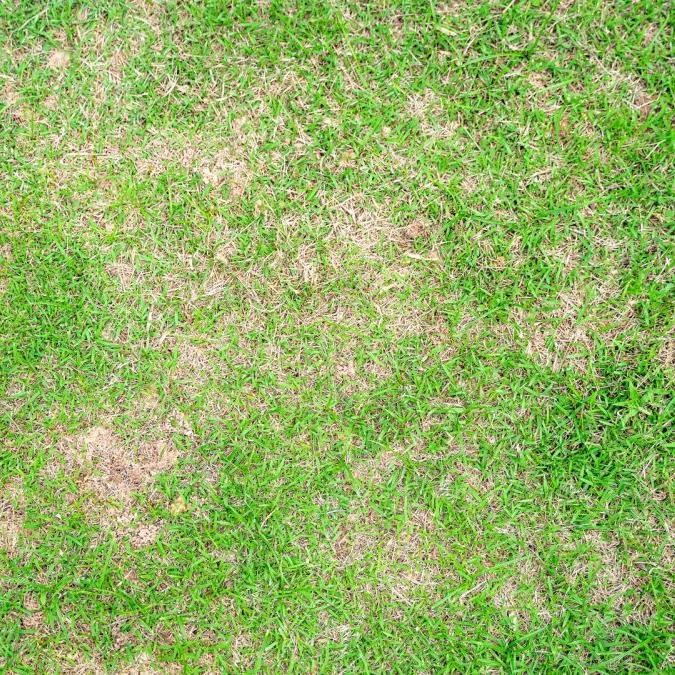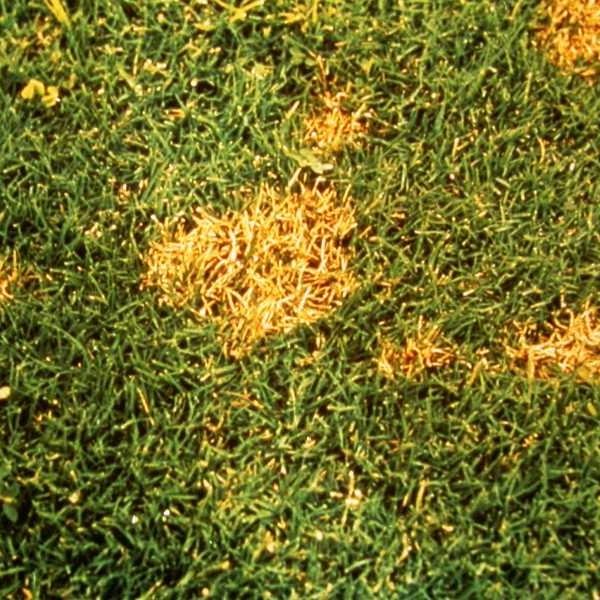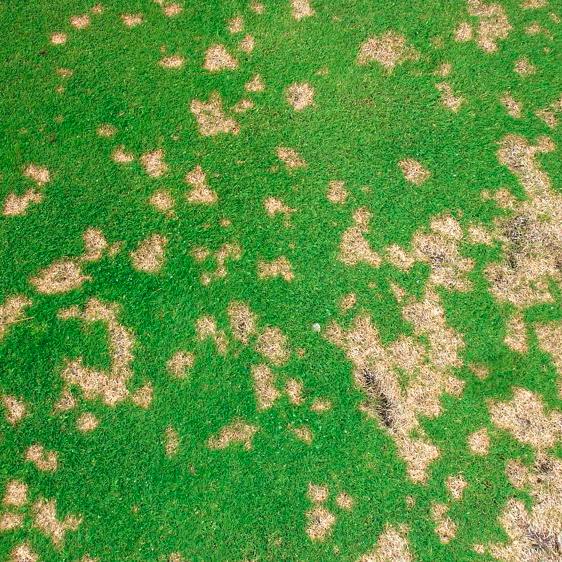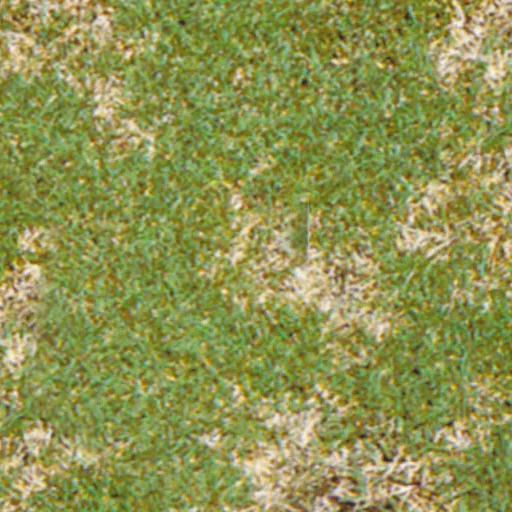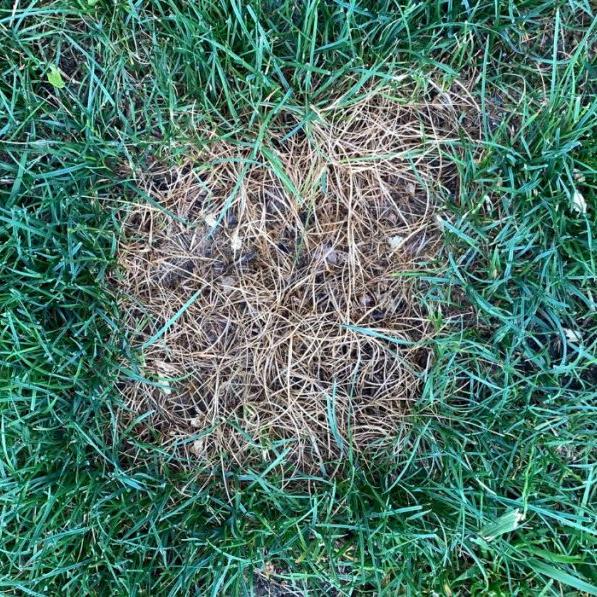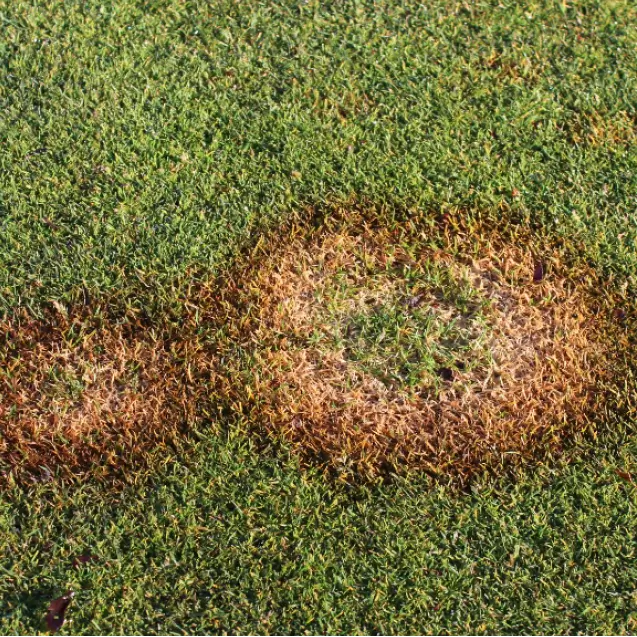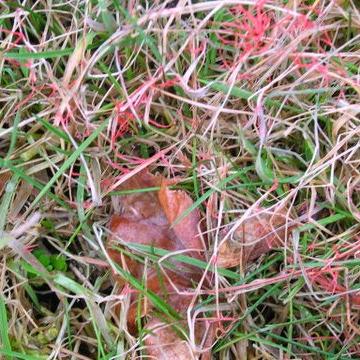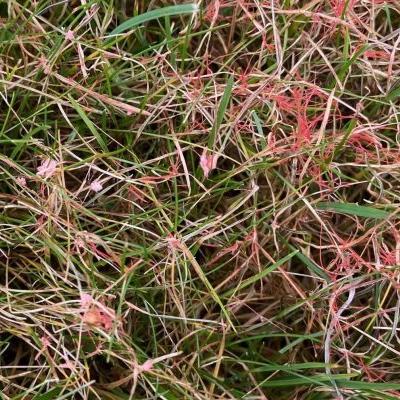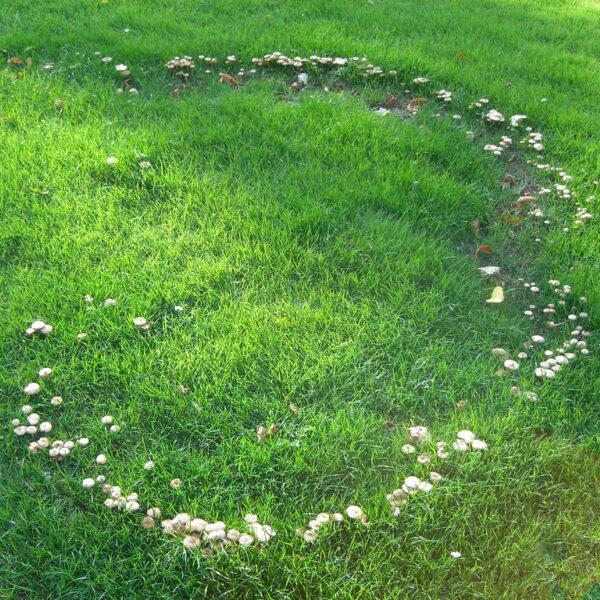Common Lawn Diseases and How to Treat Them
A healthy, green lawn is a source of pride for many homeowners, but various diseases can threaten its vitality. Identifying these diseases early and implementing the proper care strategies can help maintain your lawn’s beauty and health. This guide explores the most common lawn diseases, their symptoms, effective treatment methods, and recommended fungicides.
1. Black Spot
- What It Is: Black spot is caused by fungal infections such as Leaf Spot, Pythium Blight, and Slime Mould, primarily affecting grass blades.
- Symptoms: Black or purplish spots appear on leaf blades, often accompanied by mold-like masses or cobweb-like growths in humid weather.
- Prevention and Treatment:
- Reduce thatch build-up and ensure proper aeration.
- Water deeply but infrequently, preferably in the morning.
- Recommended Fungicides:
- Iprodione-based products
- Chlorothalonil
2. Lawn Rust
- What It Is: This fungal disease arises during late summer or autumn when lawns are under stress from dry conditions or lack of nitrogen.
- Symptoms: Yellowing grass blades coated with orange-red or yellowish-brown spores that weaken the grass.
- Prevention and Treatment:
- Maintain proper fertilization and consistent watering.
- Recommended Fungicides:
- Propiconazole
- Azoxystrobin
3. Dollar Spot
- What It Is: Dollar spot is a fungal disease that creates small, circular patches on lawns.
- Symptoms: Yellow-green to straw-colored lesions on grass leaves, often with reddish-brown borders. Patches may expand into larger areas.
- Prevention and Treatment:
- Regular fertilization and proper mowing practices.
- Minimize thatch and water early in the day to reduce leaf moisture.
- Recommended Fungicides:
4. Brown Patch
- What It Is: Brown patch is one of the most common fungal diseases, especially in warm, humid weather.
- Symptoms: Large, circular patches of dead grass with a smoky-gray border, often visible during early mornings.
- Prevention and Treatment:
- Avoid overwatering and excessive nitrogen fertilization.
- Improve soil drainage to prevent standing water.
- Recommended Fungicides:
- Azoxystrobin
- Flutolanil
5. Red Thread
- What It Is: Red thread is a fungal disease that thrives in cool, moist conditions.
- Symptoms: Grass blades develop reddish threads, turning patches of grass brown and brittle.
- Prevention and Treatment:
- Apply nitrogen-rich fertilizers to boost lawn resilience.
- Ensure proper air circulation and avoid overwatering.
- Recommended Fungicides:
- Mancozeb
- Chlorothalonil
6. Fairy Rings
- What It Is: Fairy rings are caused by fungi growing in soil, forming rings of dark green grass or mushrooms.
- Symptoms: Circular patterns of dark grass or mushrooms; some areas may experience grass death.
- Prevention and Treatment:
- Aerate the soil to disrupt fungal growth.
- Water deeply to reduce hydrophobic conditions caused by fungal activity.
- Recommended Fungicides:
- Prothioconazole
- Azoxystrobin
Tips for Preventing Lawn Diseases
- Watering: Water early in the morning to minimize leaf moisture and reduce fungal growth.
- Fertilization: Maintain a balanced fertilization schedule to strengthen grass against stress.
- Aeration: Regularly aerate the soil to improve drainage and prevent compaction.
- Mowing: Keep the lawn at the recommended height for your grass type and use sharp mower blades to avoid damaging grass.
- Thatch Management: Remove excess thatch to prevent fungal spores from thriving.
Conclusion: Keep Your Lawn Healthy and Disease-Free
A beautiful lawn requires vigilance and proactive care. Understanding the symptoms and treatments for common lawn diseases like Black Spot, Lawn Rust, and Dollar Spot will help you maintain your lawn’s health year-round. Implement preventive measures such as regular aeration, fertilization, and appropriate watering techniques to protect your lawn.
For persistent lawn diseases, fungicides tailored to specific conditions, such as Iprodione, Propiconazole, or Azoxystrobin, can provide effective solutions. Always follow the product label instructions for the best results. By addressing these issues promptly, you can enjoy a lush and vibrant lawn all year long.
A healthy, green lawn is a source of pride for many homeowners, but various diseases can threaten its vitality. Identifying these diseases early and implementing the proper care strategies can help maintain your lawn’s beauty and health. This guide explores the most common lawn diseases, their symptoms, effective treatment methods, and recommended fungicides.
1. Black Spot
- What It Is: Black spot is caused by fungal infections such as Leaf Spot, Pythium Blight, and Slime Mould, primarily affecting grass blades.
- Symptoms: Black or purplish spots appear on leaf blades, often accompanied by mold-like masses or cobweb-like growths in humid weather.
- Prevention and Treatment:
- Reduce thatch build-up and ensure proper aeration.
- Water deeply but infrequently, preferably in the morning.
- Recommended Fungicides:
- Iprodione-based products
- Chlorothalonil
2. Lawn Rust
- What It Is: This fungal disease arises during late summer or autumn when lawns are under stress from dry conditions or lack of nitrogen.
- Symptoms: Yellowing grass blades coated with orange-red or yellowish-brown spores that weaken the grass.
- Prevention and Treatment:
- Maintain proper fertilization and consistent watering.
- Recommended Fungicides:
- Propiconazole
- Azoxystrobin
3. Dollar Spot
- What It Is: Dollar spot is a fungal disease that creates small, circular patches on lawns.
- Symptoms: Yellow-green to straw-colored lesions on grass leaves, often with reddish-brown borders. Patches may expand into larger areas.
- Prevention and Treatment:
- Regular fertilization and proper mowing practices.
- Minimize thatch and water early in the day to reduce leaf moisture.
- Recommended Fungicides:
4. Brown Patch
- What It Is: Brown patch is one of the most common fungal diseases, especially in warm, humid weather.
- Symptoms: Large, circular patches of dead grass with a smoky-gray border, often visible during early mornings.
- Prevention and Treatment:
- Avoid overwatering and excessive nitrogen fertilization.
- Improve soil drainage to prevent standing water.
- Recommended Fungicides:
- Azoxystrobin
- Flutolanil
5. Red Thread
- What It Is: Red thread is a fungal disease that thrives in cool, moist conditions.
- Symptoms: Grass blades develop reddish threads, turning patches of grass brown and brittle.
- Prevention and Treatment:
- Apply nitrogen-rich fertilizers to boost lawn resilience.
- Ensure proper air circulation and avoid overwatering.
- Recommended Fungicides:
- Mancozeb
- Chlorothalonil
6. Fairy Rings
- What It Is: Fairy rings are caused by fungi growing in soil, forming rings of dark green grass or mushrooms.
- Symptoms: Circular patterns of dark grass or mushrooms; some areas may experience grass death.
- Prevention and Treatment:
- Aerate the soil to disrupt fungal growth.
- Water deeply to reduce hydrophobic conditions caused by fungal activity.
- Recommended Fungicides:
- Prothioconazole
- Azoxystrobin
Tips for Preventing Lawn Diseases
- Watering: Water early in the morning to minimize leaf moisture and reduce fungal growth.
- Fertilization: Maintain a balanced fertilization schedule to strengthen grass against stress.
- Aeration: Regularly aerate the soil to improve drainage and prevent compaction.
- Mowing: Keep the lawn at the recommended height for your grass type and use sharp mower blades to avoid damaging grass.
- Thatch Management: Remove excess thatch to prevent fungal spores from thriving.
Conclusion: Keep Your Lawn Healthy and Disease-Free
A beautiful lawn requires vigilance and proactive care. Understanding the symptoms and treatments for common lawn diseases like Black Spot, Lawn Rust, and Dollar Spot will help you maintain your lawn’s health year-round. Implement preventive measures such as regular aeration, fertilization, and appropriate watering techniques to protect your lawn.
For persistent lawn diseases, fungicides tailored to specific conditions, such as Iprodione, Propiconazole, or Azoxystrobin, can provide effective solutions. Always follow the product label instructions for the best results. By addressing these issues promptly, you can enjoy a lush and vibrant lawn all year long.



